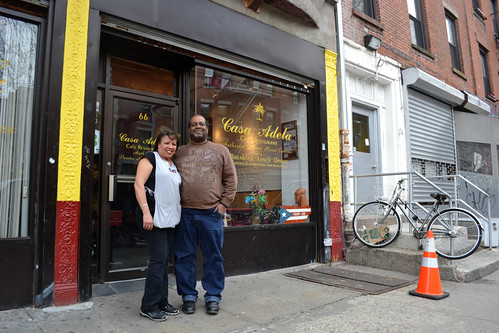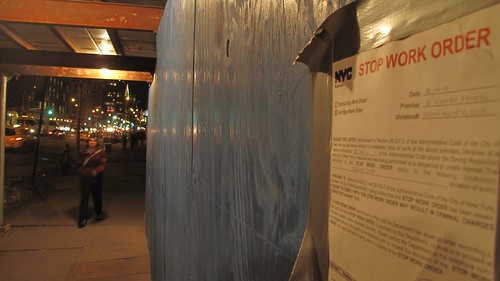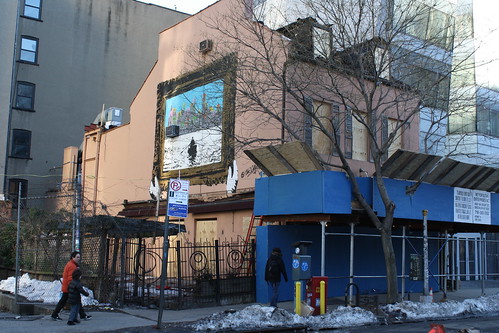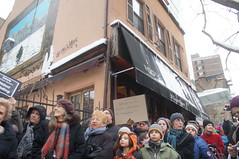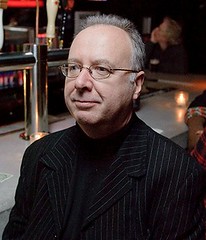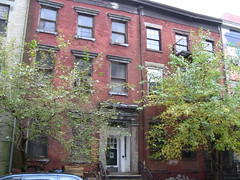 Tania Barnes Under the proposed legislation, this 26-story NYU dorm on East 12th Street would be too tall by half.
Tania Barnes Under the proposed legislation, this 26-story NYU dorm on East 12th Street would be too tall by half.In the latest turf battle, it looks like the preservationists are winning.
City Council is set to vote today – and expected to approve — a measure that will cap building heights at 120 feet or roughly 12 stories on the eight blocks between Third and Fourth Avenues and 13th and Ninth Streets. That’s a pretty major shift: under current regulations, the area has practically no height restrictions. (For a case in point, look no further than the NYU dorm on East 12th Street, at 26 stories.)
Originally, the Department of City Planning considered the area, with its wide avenues, better able to accommodate tall buildings, and therefore chose to leave it out of the rezoning plans that affected the rest of the East Village in 2008. That rezoning capped buildings at 75 feet along the streets, 85 feet along avenues, and 120 feet along Houston Street.
But in September, city planning officials changed their tune, agreeing to support building caps for Third and Fourth Avenues. It’s not altogether clear what prompted the change of heart. A spokeswoman for the Department of City Planning would not elaborate on the motives for the reversal. But the support of Councilwoman Rosie Mendez and the continuous campaigns of groups like the Greenwich Village Society for Historic Preservation have undoubtedly played a role.
For preservationists, the failure to include this region in the 2008 rezoning was always an omission and so they don’t necessarily view the pending legislation as a win. Rather, they see it as merely getting the area up to the zoning standards that apply elsewhere. In an interview with The Local, Andrew Berman of the Greenwich Village Society for Historic Preservation called the new legislation “a compromise of a compromise.” The preservation group, he said, had hoped the building cap would be set at 85 feet, 35 feet less than what was ultimately agreed upon.
The new zoning laws will also theoretically raise the allowable height of residential buildings in the area by increasing what’s called their floor-to-area ratio. Still, Berman says the preservation group is happy with the change: “The advantage of that is if there’s going to be new development, it will be more residential. Right now, new development is all dorms and hotels.”
What do you think about the proposal to limit building heights in the East Village?
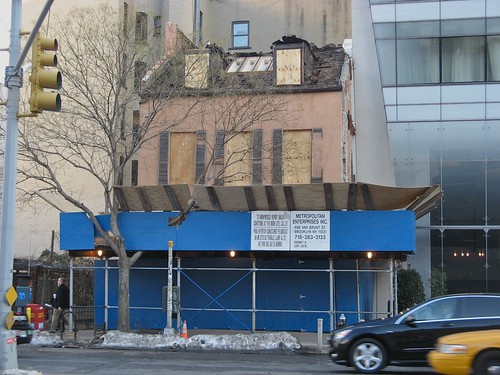 Tim Milk The developer of 35 Cooper Square has told preservationists that he will not maintain the historic site and will move forward with an undetermined development plan.
Tim Milk The developer of 35 Cooper Square has told preservationists that he will not maintain the historic site and will move forward with an undetermined development plan.


